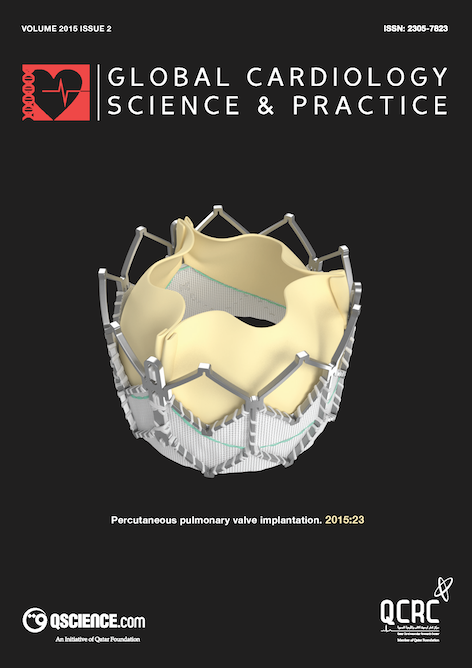Percutaneous pulmonary valve implantation
Abstract
[first paragraph of article]
Percutaneous pulmonary valve implantation (PPVI) is one of the most exciting recent developments in the treatment of structural heart disease and has evolved as an attractive alternative to surgery in patients with dysfunctional right ventricle-pulmonary artery conduits. Although surgical pulmonary valve replacement is associated with low morbidity and mortality rates, there are many instances when operative risks are high or surgery is prohibitive. Patients requiring RVOT reconstruction require multiple sternotomies and cardiac surgical procedures throughout their lives due to the limited lifespan of such conduits (10 years). Patient management strategies have, therefore, been based on delaying surgical intervention for as long as possible, in order to minimize the number of surgical procedures. However, this approach carries the risk of delaying surgery beyond a point of irreversible right ventricular (RV) dysfunction. A balance between the deleterious effects of RVOT dysfunction and the need to minimize the total number of lifetime surgeries for a given patient is a clinically challenging task prompting the need to develop minimally invasive valve therapies. Since the introduction of PPVI in 2000, the learning curve with this technology lead to significant improvements in both valve design and procedural approach, with several clinical trials demonstrating the safety and efficacy in restoring valvular competence with excellent short to medium term outcomes; transforming this technique from its early pioneering nature into routine clinical care at specialized centers. Evolving data from these studies have shown beneficial effects of PPVI in right ventricular volume reduction, left ventricular filling properties, exercise capacity and electrical remodeling.
This review discusses the evolution, indications, and technical aspects of PPVI using the Melody and Edwards SAPIEN transcatheter heart valve as non-surgical treatment options for dysfunctional RVOT/pulmonary trunk.
Downloads
Published
Issue
Section
License
This is an open access article distributed under the terms of the Creative Commons Attribution license CC BY 4.0, which permits unrestricted use, distribution and reproduction in any medium, provided the original work is properly cited.


